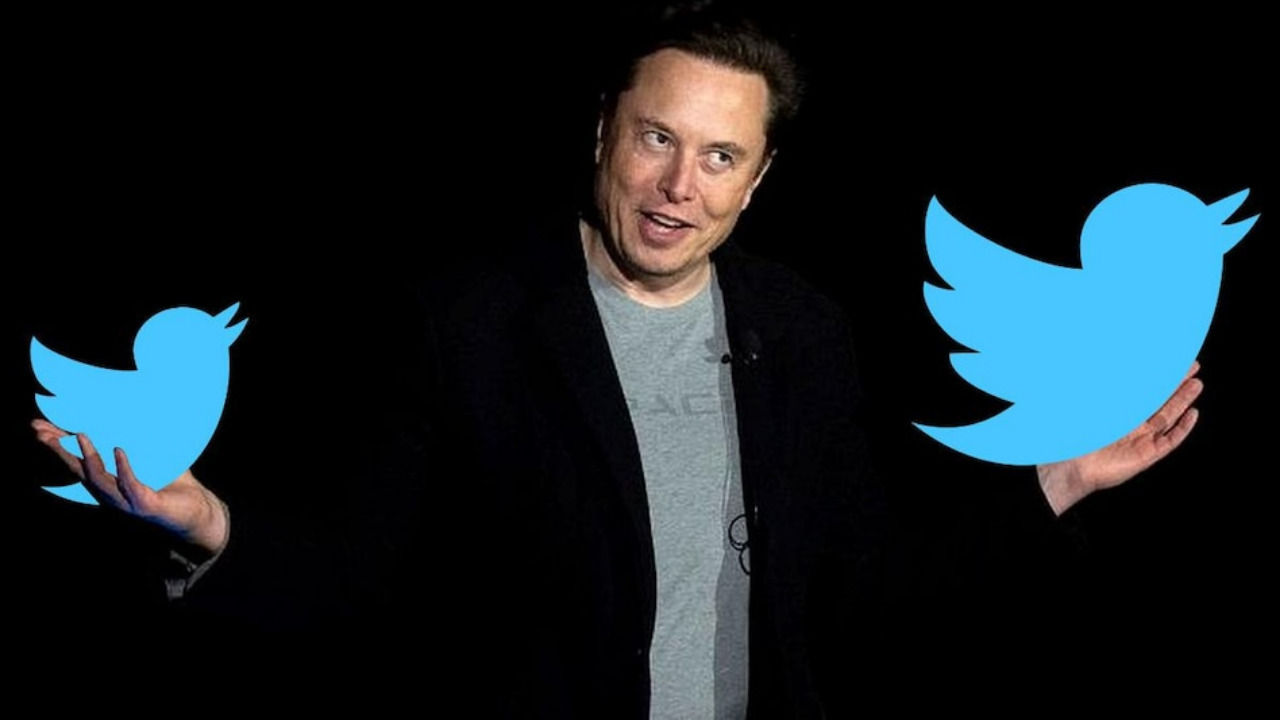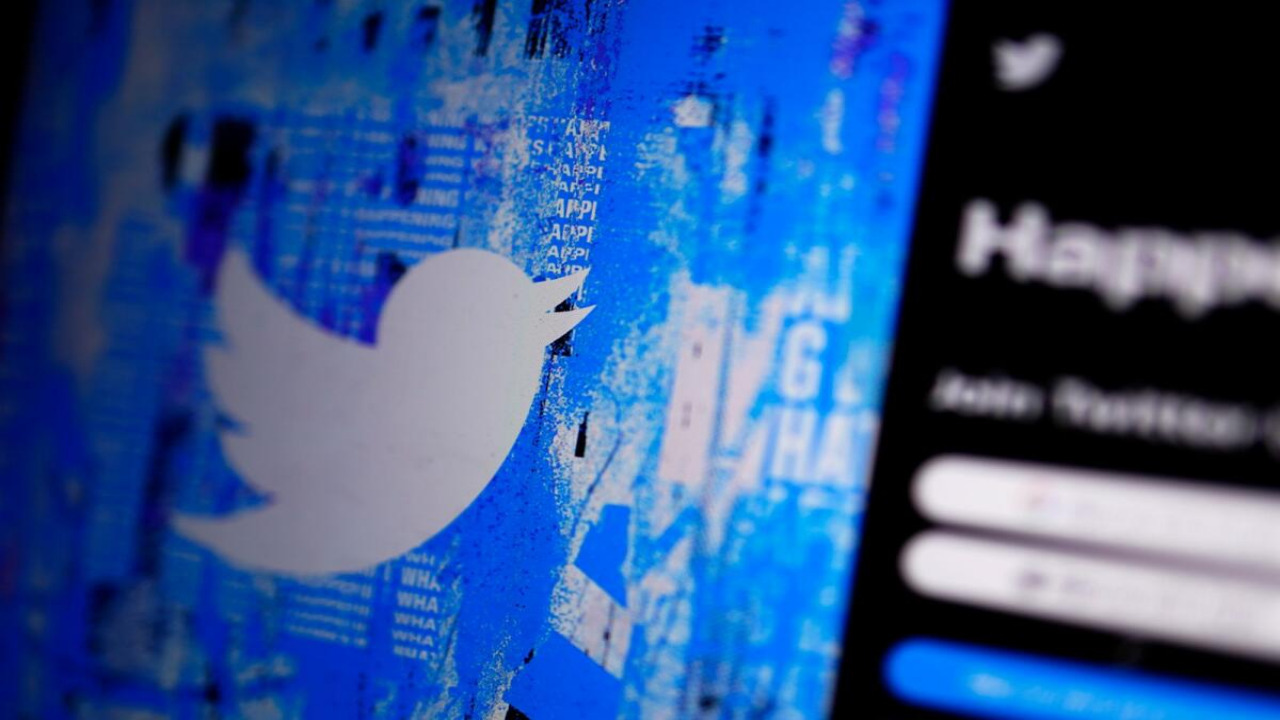Twitter, a microblogging platform with over 300 million active users, has become a thriving virtual community where individuals share thoughts, opinions, and news in concise 280-character messages. Within this dynamic ecosystem, distinct types of users have emerged, each with their unique characteristics and behaviors. This article explores these types and delves into how they compare with one another.
The Social Connector

Social Connectors are the glue that holds the Twitterverse together. They use the platform primarily to get 500 followers on Twitter for free and maintain and strengthen social connections. They engage in conversations, retweet their friends’ posts, and reply to comments, creating a sense of camaraderie. They are skilled at building relationships in the digital realm, and their timelines are often filled with personal anecdotes, updates, and casual interactions. Social Connectors foster a sense of community, often resulting in lively discussions and the formation of smaller online circles.
The Information Seeker
Information Seekers treat Twitter as their go-to source for news and knowledge. They follow journalists, experts, and organizations in various fields to stay updated on the latest trends, developments, and breaking news. Their timelines are filled with retweets of valuable insights, links to articles, and thought-provoking questions. For them, Twitter is a way to curate a personalized newsfeed that suits their interests. The Information Seekers contribute to the spread of information, often playing a critical role in making trends go viral.
The Self-Promoter

Self-Promoters utilize Twitter as a platform for self-expression and promotion. They frequently post updates about their achievements, projects, and personal brand. These users understand the power of social media in building their reputation and expanding their reach. Their timelines are often characterized by a mix of self-promotional content, engaging visuals, and occasional interactions. While Self-Promoters can be seen as trying to boost their image, they also contribute to the diversity of content on the platform.
The Trend Chaser
Trend Chasers thrive on the latest hashtags, challenges, and viral trends. They hop onto popular discussions to increase their visibility and connect with a broader audience. Their timelines are dynamic, reflecting the ever-changing landscape of internet trends. While Trend Chasers may seem opportunistic, they often infuse humor and creativity into their content, making them a significant part of the Twitter experience. They have the ability to adapt quickly to shifts in online conversation and capitalize on the viral nature of social media.
Comparing the Types
Each type of Twitter user brings a unique flavor to the platform, and their interactions shape the overall Twitter ecosystem. Social Connectors foster a sense of belonging, while Information Seekers contribute to the dissemination of knowledge. Self-Promoters add a touch of personal branding, and Trend Chasers keep the conversation fresh and exciting.
Despite their differences, these types often intersect and overlap. For instance, a Social Connector might also engage in Trend Chasing to stay relevant within their network. An Information Seeker might occasionally participate in self-promotion to share their own expertise. These intersections highlight the dynamic nature of social media and the multifaceted roles users can embody. It’s worth noting that the balance between these types can vary among individuals, and the evolution of a user’s Twitter behavior is influenced by their changing priorities and experiences. Over time, a Trend Chaser might transform into a Self-Promoter, or an Information Seeker might become more engaged as a Social Connector.
In conclusion, Twitter’s diverse user base can be categorized into distinct types, each with its own set of behaviors and objectives. While these types serve different purposes, they collectively contribute to the vibrant tapestry of conversations and connections on the platform. As Twitter continues to evolve, these types will likely continue to adapt, ensuring that the platform remains a dynamic space for engagement, information sharing, and self-expression.
